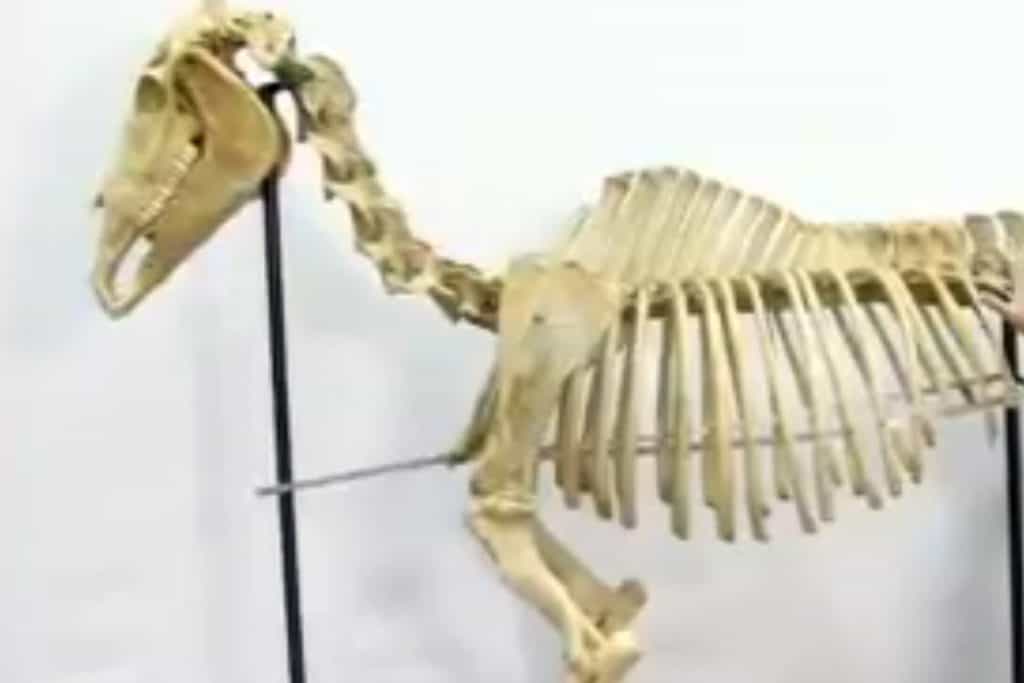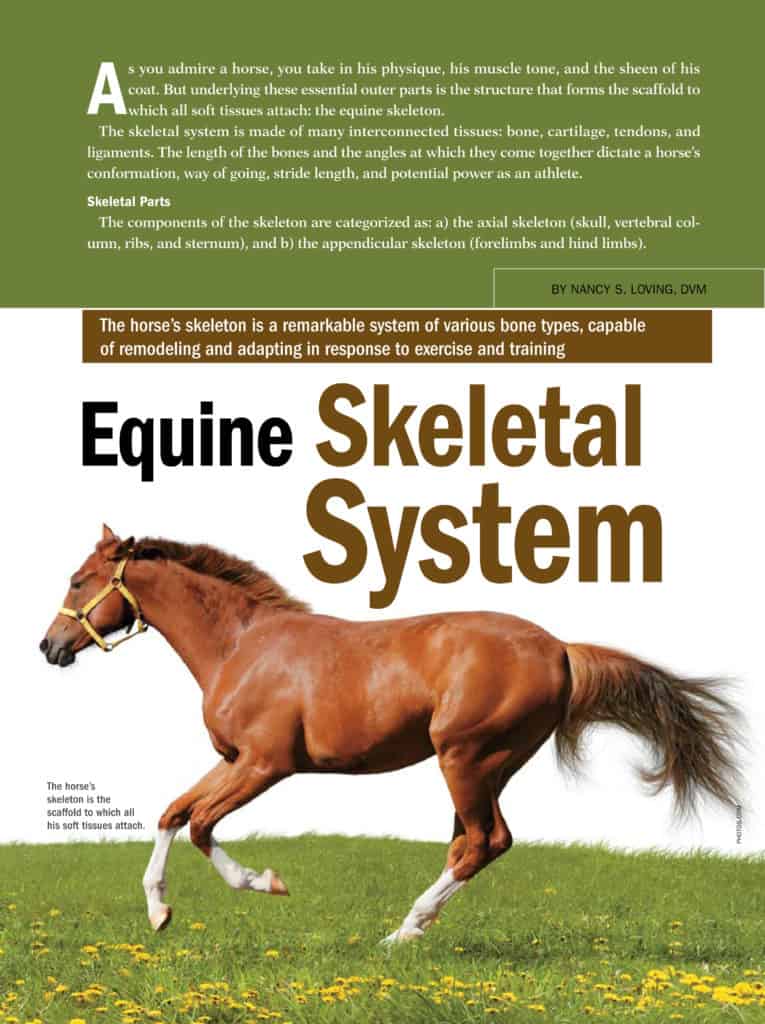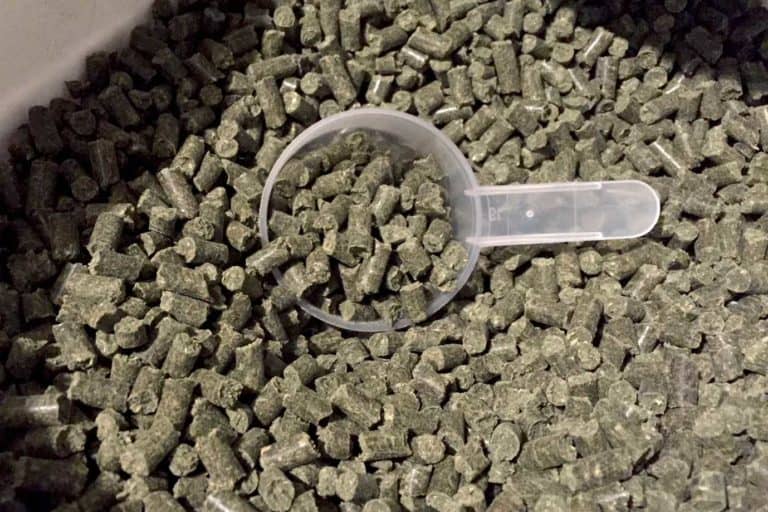‘Heart Attacks’ and Heart Disease in Horses
Equine heart disease is multifaceted and can be induced by multiple mechanisms. Although horses do not routinely suffer from traditional “heart attacks,” they can develop heart abnormalities that can negatively impact their health and longevity.



























